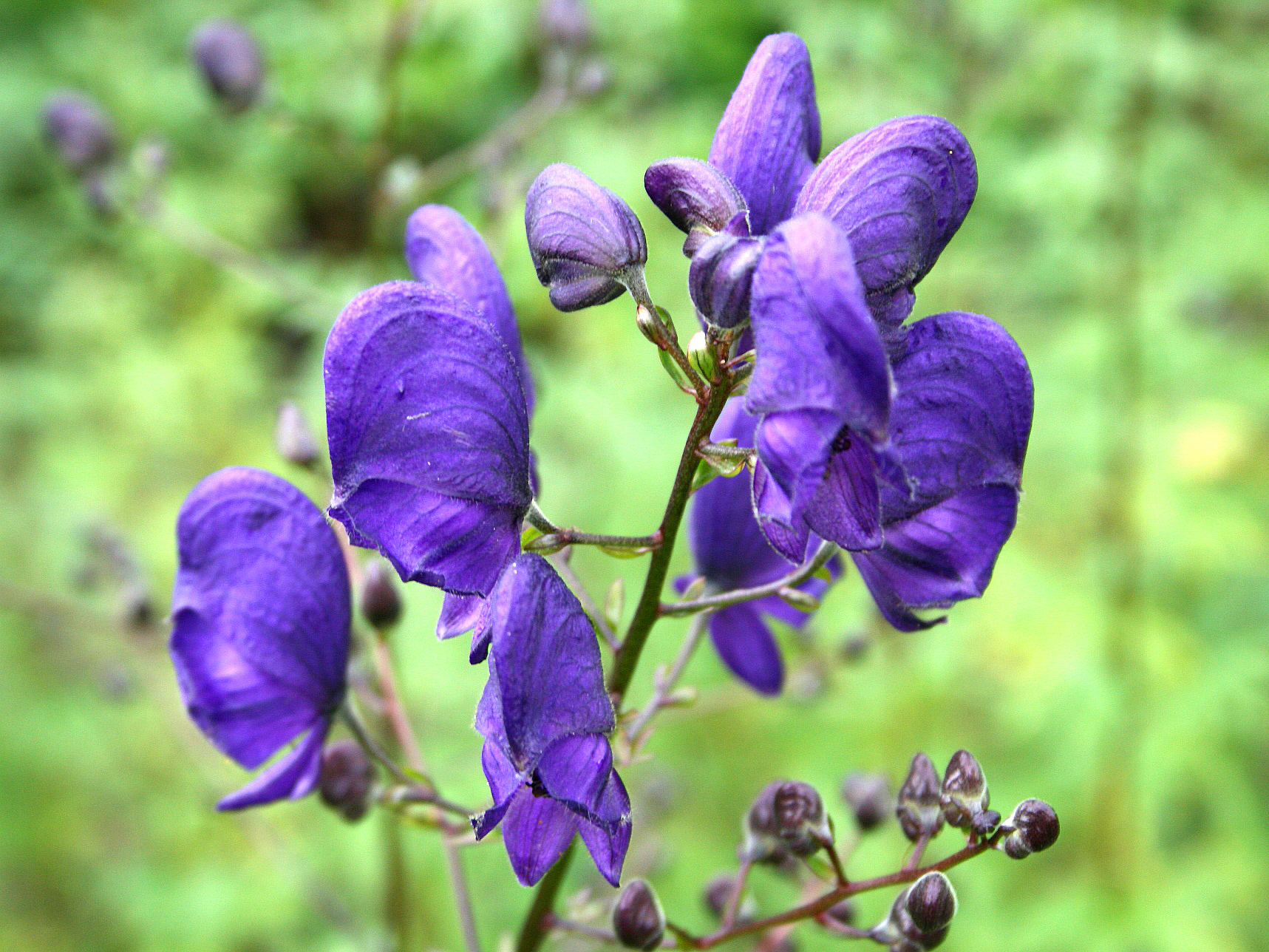
In Holland, the poisonous seeds were combined with pearls to make necklaces, according to "Poisonous Plants of the Malay Peninsula" (Botanic Gardens Department, 1898). Despite its toxicity, Jequirity has long been a symbol of love in China, where it is called xiang si dou, or "mutual love bean."ĭuring the 16th century, Dutch traders brought Jequirity seeds to Europe and America to sell them as beads. The poison is called abrin, which is similar to ricin, but is milder.
#Wolfsbane uses full
The Jequirity plant resembles pea pods that are about one inch long and full of black-tipped scarlet seeds that are extremely poisonous. Judd)Īlso known as Jequirity, the coral bead plant, crab's eye, creeper, lucky bean, prayer bead, red beadvine and rosary pea, the Abrus precatorius most likely originated in southeast Asia. The castor oil plant's flowers resemble spiky, hot pink pom-poms and are especially dangerous to small children.

Ricin is also present in lower concentrations in the plant's glossy leaves, which are most often dark green or burgundy. The flowering plant's seeds, however, contain ricin, an extremely poisonous toxin.

Castor oil can also be found in chocolate when it is used as a cocoa butter substitute, as well as in soap, laxatives, ink and plastics. The plant is also used to produce biodiesel fuel in Brazil, where it is called mamona oil. However, it also has the power to kill, as just one milligram of the plant's poison can kill an adult, according to the Centers for Disease Control (CDC).įor centuries, the Chinese have used castor oil as a medicine and when bandaging injuries. The most poisonous plant in the world according to the Guinness Book of World Records, the Castor oil plant is also known as the "palm of Christ", or Palma Christi, which stems from the plant oil's ability to heal wounds. Castor oil plant the most poisonous in the world They also used them in love potions, but because these poisonous elixirs often ended up killing the paramour, the plant also earned the name of Mourning Widow. Just a few drops from the plant's roots can cause paralysis of the cardiac muscles or of the entire respiratory system, resulting in death.ĭuring the Middle Ages, witches used the wolfsbane in their "flying" potions because of the feelings of dizziness and numbness brought on by its irregular heartbeat side effects.

There are more than 250 species of Aconitum, and it is a member of the buttercup family. Its downward-curved periwinkle petals resemble a friar's cap, which explains its non-bane monikers, such as the Devil's helmet, monkshood and blue rocket. Like the oleander, it is a beautiful but deadly garden plant. The Aconitum flower seems to be the bane of everyone: It is also known as wolfsbane (originally wolf's bane), dogbane, mousebane, leopard's bane, tiger's bane, witch's bane and women's bane.


 0 kommentar(er)
0 kommentar(er)
